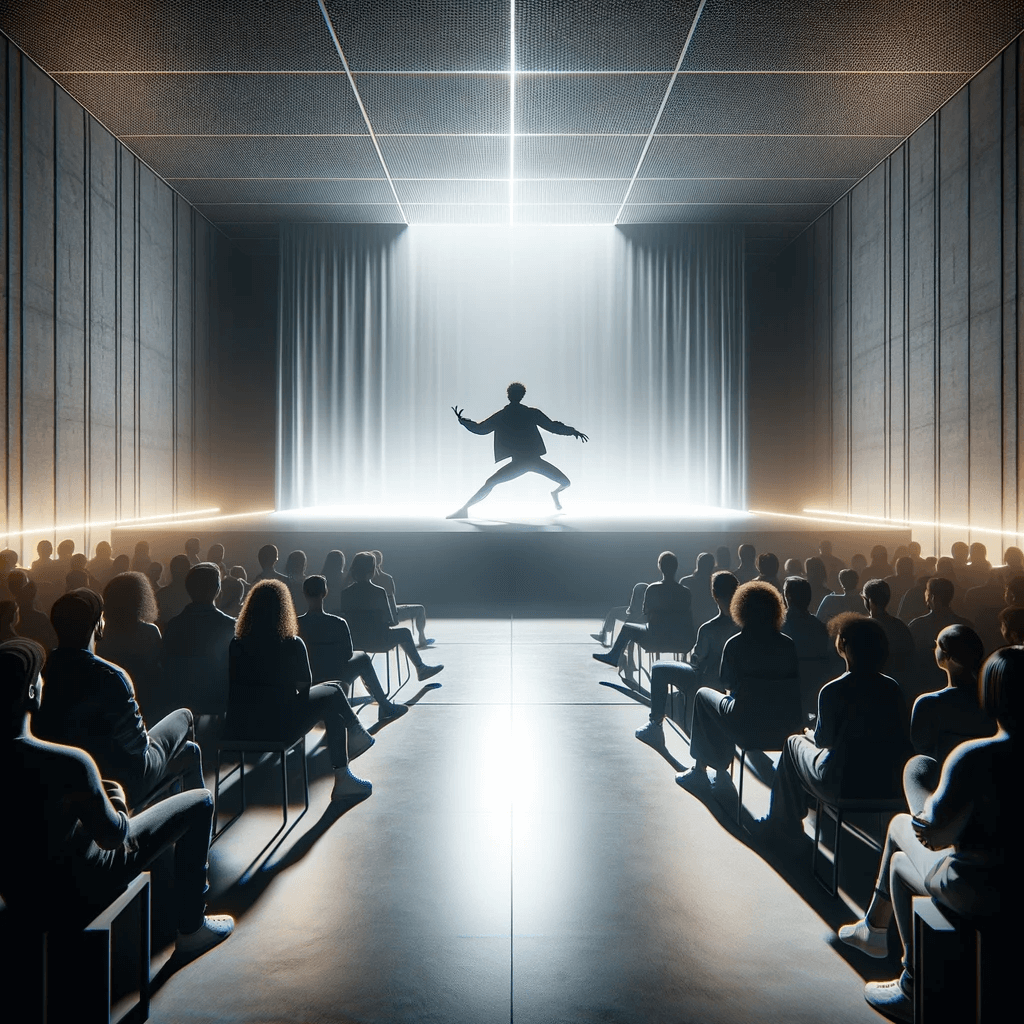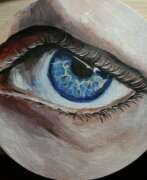Performance art

Performance art
Performance art, an art form that is both radical and boundary-pushing, emerged as a distinctive genre around the mid-20th century. Its roots can be traced back to early 20th-century movements like Dadaism and Futurism, which were known for their anarchic, often violent performances designed to shock audiences in the post-war context. A significant leap in the evolution of performance art occurred at Black Mountain College in North Carolina, led by musician John Cage. Here, multidisciplinary events known as 'Happenings' laid the groundwork for the development of performance art in the 1960s and 1970s.
In its essence, performance art is about challenging the conventions of traditional arts and provoking the audience to think unconventionally. It often involves the artist engaging in actions or spoken word to communicate with the audience, sometimes even ignoring the audience's expectations. This form of art does not adhere to conventional theatrical plays or linear narratives, nor does it necessarily depict fictitious characters in scripted interactions. Instead, it can include elements like satire, use robots and machines, involve ritualized elements, or borrow from performing arts like dance and music.
The 1960s saw performance art become a significant medium for feminist artists like Carolee Schneemann, Yoko Ono, and Hannah Wilke, providing them a platform to reclaim their bodies from centuries of male objectification and express their frustration against systems of oppression. Performance art has also been recognized for breaking down barriers between different art forms and for testing human endurance, often placing artists in extreme situations.
Notable works in performance art include Yves Klein's "The Anthropometries of the Blue Period," where he used actresses covered in blue paint to create body-shaped forms on the floor, and Yoko Ono's "Cut Piece" (1964), where she invited audience members to cut away her clothing. Chris Burden's "Shoot" (1971), where he was shot in the arm, and Marina Abramović's "Rhythm 10" (1973), involving self-inflicted wounds with knives, are other significant examples. These works illustrate the genre's ability to blend art with personal, political, and social commentary.
Performance art has also served as a form of political protest. A prominent example is Pussy Riot's "Punk Prayer" (2012), which was both a performance and an act of political dissent against Russian authorities.
For collectors, auctioneers, and experts in art and antiques, performance art represents a unique and dynamic field that continually redefines the boundaries of artistic expression. It's a genre that not only challenges the norms of conventional art forms but also invites deeper reflection on societal and political issues.
To stay updated on the latest in performance art, including new product sales and auction events, sign up for our updates. This subscription is a business-like, straightforward way to stay informed about the evolving world of performance art.
| Country: | France |
|---|---|
| Start of the period: | 1960 |


